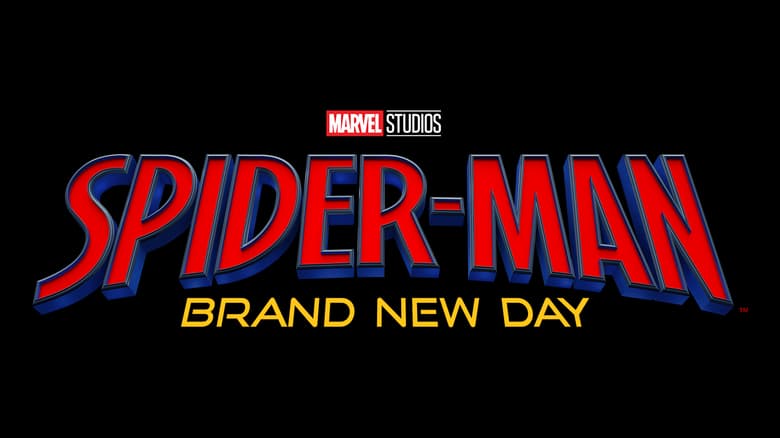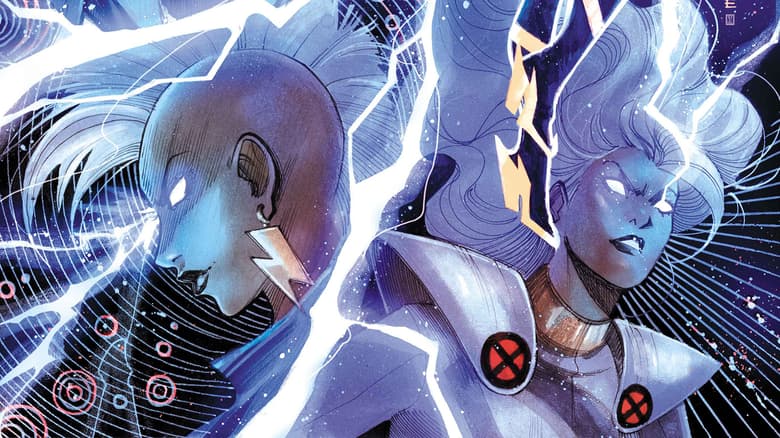So, What Is Marvel’s Voices?
Read the first in a series of essays celebrating the debut of 'Marvel's Voices' #1!
Hey Marvel Insiders, did you know reading this article could earn you 250 points? All you need to do is sign in or join now before you keep reading!
Here it is, MARVEL’S VOICES #1!
The seeds for what would become Marvel’s Voices were planted long before me. Long before I opened my first letter from Marvel while sitting in an airport in Bahrain, scrambled to calculate the time difference to ensure I wouldn’t be late for my first phone meeting—for the record, I was late—and committed to making the most expensive phone call I have ever placed in my life from Abu Dhabi, UAE, to New York City.
MARVEL’S VOICES #1 is not just a collection of stories and well-crafted essays, but the visual culmination of over two years of show development, traveling the country and interviewing dozens of Marvel writers, artists, actors and fans, many of whom wrote and created art for this issue.
For the last two years, Marvel’s Voices has solely existed as a podcast with video components aimed at spotlighting creatives of color around the Marvel Universe, and now it is a comic book in print and digital formats. Whether you are an avid listener of Marvel’s Voices, new to the franchise or just picked up this comic for the incredible list of artists and its amazingly dope cover by Ryan Benjamin, I want to provide a little context around the creation of Marvel’s Voices and how we got here.

The original idea for what would become Marvel’s Voices started as the brainchild of my colleagues Sana Amanat and Judy Stephens as a way to spotlight people of color within the Marvel Universe on the Women of Marvel podcast, a show I now proudly co-host. The concept began as a short segment once a month that would go in-depth with a creative of color to talk about their work, their journey and their love of Marvel. The original idea also focused strongly on any major upcoming projects the guests were working on.
Neglecting these facts would be akin to telling a character’s origin story and not mentioning the creators, e.g., Monica Rambeau was created by Roger Stern and John Romita Jr. Some may think this is just my shameless way of sneaking my favorite Marvel character and fellow Louisianan into this essay; maybe it is, but stick with me here.
In the end, it is all part of our “origin story.” Much like we wouldn’t have Dwayne McDuffie and Dwight D. Coye’s solo Monica Rambeau book without Roger Stern and John Romita Jr.’s SPIDER-MAN ANNUAL #16, there would be no Marvel’s Voices without “Voices of Marvel.” To add context, McDuffie and Coye hold the distinction of not only being extremely talented trailblazers but also of being the first African Americans to create a story for Monica Rambeau, the first African American woman Avenger. That solo book and the subsequent Monica Rambeau one-shot impacted my love for Monica Rambeau as a character and the Marvel Universe as a whole.
Meanwhile, it would almost be two months after that initial Abu Dhabi call before I chatted with Marvel again, and it wouldn’t be till the very end of that meeting that one of the New Media team mentioned a project in development, an expansion of the aforementioned “Voices of Marvel” segment into a long-form interview show spotlighting the stories and work of people of color who either worked with or had a strong connection to the Marvel Universe.
I could say that it was my background in cultural journalism, crafting personal narratives as a communications professional or my legal training and passion for fact finding that had me captivated by the idea of building a show focused on telling the unique stories of storytellers, but honestly it was most likely the legacy of my cousin, writer Ernest J. Gaines. His work showed me the true impact of not only fiction and creative nonfiction storytelling, but also the power of a creator’s personal story, how that shapes their creative expression, molds their visual and written perspectives and guides what type of stories they tell. Whatever it was, I left my second meeting with Marvel determined to not only continue the conversation but support the building of this incredible platform in any way possible.
A little over three months later, on February 14, 2018, I officially came on board as the host of what we still considered “Voices of Marvel.” Our first order of business? What do we call this new show, and how do we describe it to Marvel fans and our future audience?
While, in retrospect, the naming of the show came relatively easily, the imagery and description for Marvel’s Voices has been slowly and very intentionally developed over time. For example, if you look at our logo, you will see the official Marvel logos of multiple characters of color represented, including: Monica Rambeau (Spectrum), Sam Wilson (Falcon), Daisy Johnson (Quake), Amadeus Cho (Hulk), America Chavez, Black Panther, and even Lunella Lafayette (Moon Girl). These little things have been and continue to be treated as essential components to the overall narrative.

So, what is Marvel’s Voices? Well, after two seasons, almost 50 incredible interviews, stage shows, and bonus clips, a strong foundational focus has emerged. From actors Jeremie Harris and Kimiko Glenn, comedians Ronny Chieng and Janelle James, writers Jason Reynolds and Preeti Chhibber, and artists Kris Anka and Jen Bartel, Marvel’s Voices strives to give listeners a fun conversation, a one-of- a-kind perspective and a unique insider look at their favorite Marvel stories and storytellers while spotlighting creatives and characters of color. And that is what I hope you will find in the pages of this anthology.
Each one of the artists and writers who contributed to this book are “True Believers.” From newer contributors to the Marvel Universe like Vita Ayala, James M. Iglehart and Charlamagne tha God to Brian Stelfreeze, Kyle Baker, and Alitha E. Martinez, who have legacies that span decades, each contributor was invited to tell a story uniquely important to them. This book is not just the product of their talents but their perspective and the constant connecting thread, of their love for Marvel.
MARVEL’S VOICES #1 also features a collection of essays from creatives and cultural journalists discussing their favorite Marvel characters, stories and comic book eras and takes an in-depth look at comic book history. Each of these essays, like the stories included in this anthology, were written from the author’s or journalist’s unique perspective, presenting a diverse range of topics and themes. And never fear, there will also be lots of punching, smashing, flying, and thwipping as well!
Needless to say, I am excited for you to pick up MARVEL’S VOICES #1 on Wednesday, February 19 and read all these amazing essays for yourself.
I also encourage you to listen to the Marvel’s Voices podcast and learn more about some of these incredible writers and artists at Marvel.com/Voices.
The Hype Box
Can’t-miss news and updates from across the Marvel Universe!









